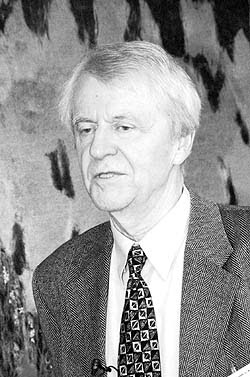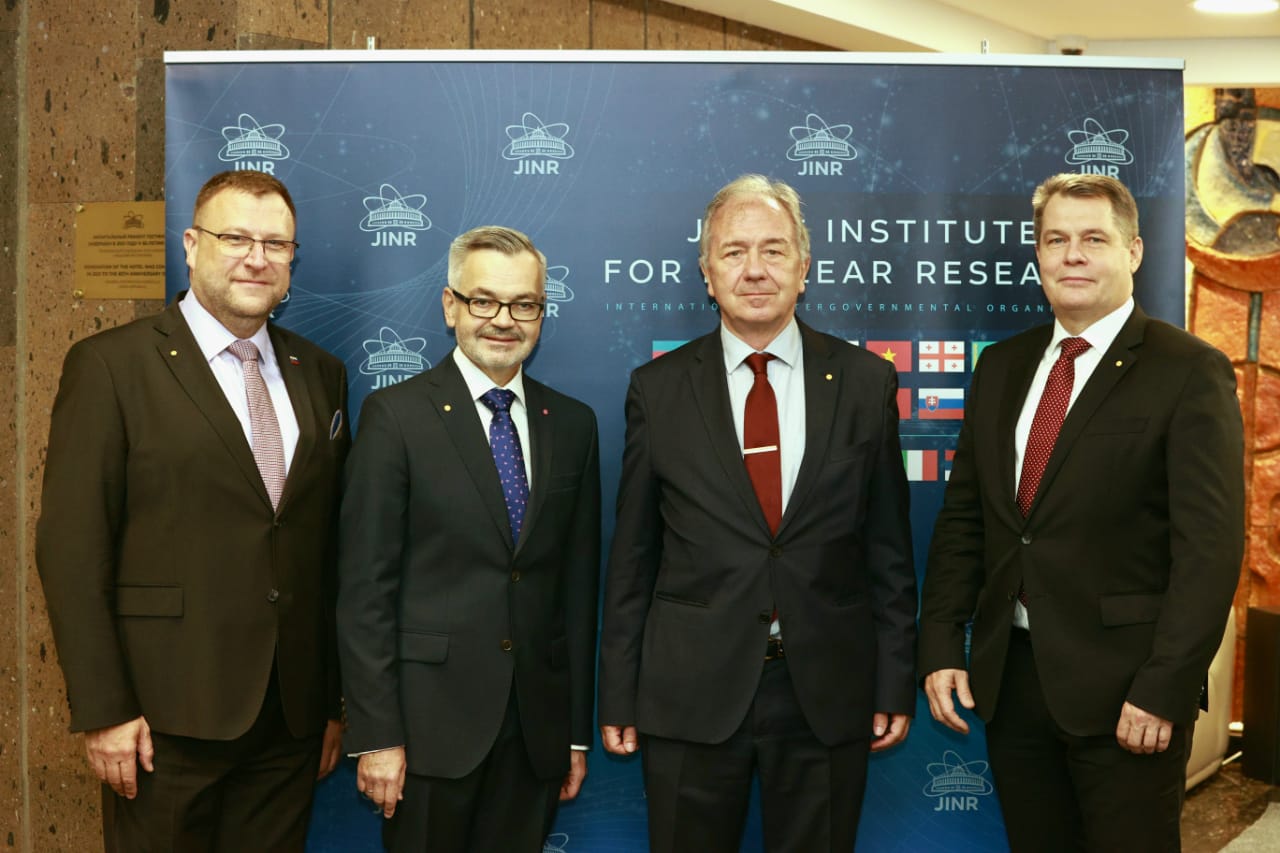Determination of the Secondary Neutron Flux at the Massive Natural Uranium Spallation Target
Author
| Zeman Miroslav, Ing. | Faculty of Electrical Engineering and Communication Brno University of Technology, JINR Dubna |
| Adam Jindřich, promovaný fyzik CSc. | Faculty of Electrical Engineering and Communication Brno University of Technology |
| Katovský Karel, Ing. Ph.D. | Faculty of Electrical Engineering and Communication Brno University of Technology |
| Tichý Pavel, Ing. | Faculty of Nuclear Sciences and Physical Engineering CTU, JINR Dubna |
| Vespalec Radek, Ing. | Faculty of Nuclear Sciences and Physical Engineering CTU, JINR Dubna |
| Vrzalová Jitka, Ing. Ph.D. | Nuclear Physics Institute of the ASCR |
| Wagner Vladimír, RNDr. CSc. | Nuclear Physics Institute of the ASCR |
| Závorka Lukáš, Ing. Ph.D. | Faculty of Nuclear Sciences and Physical Engineering CTU |
| et al. | different institutions |
Year
2017
Scientific journal
Physics Procedia, 90, 69-78
Web
Abstract
The flux of secondary neutrons generated in collisions of the 660 MeV proton beam with the massive natural uranium spallation target was investigated using a set of monoisotopic threshold activation detectors. Sandwiches made of thin high-purity Al, Co, Au, and Bi metal foils were installed in different positions across the whole spallation target. The gamma-ray activity of products of (n,xn) and other studied reactions was measured offline with germanium semiconductor detectors. Reaction yields of radionuclides with half-life exceeding 100 min and with effective neutron energy thresholds between 3.6 MeV and 186 MeV provided us with information about the spectrum of spallation neutrons in this energy region and beyond. The experimental neutron flux was determined using the measured reaction yields and cross-sections calculated with the TALYS 1.8 nuclear reaction program and INCL4-ABLA event generator of MCNP6. Neutron spectra in the region of activation sandwiches were also modeled with the radiation transport code MCNPX 2.7. Neutron flux based on excitation functions from TALYS provides a reasonable description of the neutron spectrum inside the spallation target and is in good agreement with Monte-Carlo predictions. The experimental flux that uses INCL4 cross-sections rather underestimates the modeled spectrum in the whole region of interest, but the agreement within few standard deviations was reached as well. The paper summarizes basic principles of the method for determining the spectrum of high-energy neutrons without employing the spectral adjustment routines and points out to the need for model improvements and precise cross-section measurements.
Cite article as:
M. Zeman, J. Adam, K. Katovský, P. Tichý, R. Vespalec, J. Vrzalová, V. Wagner, L. Závorka, . et al., "Determination of the Secondary Neutron Flux at the Massive Natural Uranium Spallation Target", Physics Procedia, 90, 69-78 (2017)


 MINISTR ŠKOLSTVÍ KE SPOLUPRÁCI ČR S SÚJV
MINISTR ŠKOLSTVÍ KE SPOLUPRÁCI ČR S SÚJV INTEREST JINR, Wave 6
INTEREST JINR, Wave 6 The passing of Ivo Zvára
The passing of Ivo Zvára Call for the projects solved in collaboration with JINR (Projects 3+3)
Call for the projects solved in collaboration with JINR (Projects 3+3)  Call for the Grants of the Plenipotentiary of the Government of the Czech Republic in JINR
Call for the Grants of the Plenipotentiary of the Government of the Czech Republic in JINR Czech Ambassador in Russia visited JINR
Czech Ambassador in Russia visited JINR INTEREST JINR, Wave 5
INTEREST JINR, Wave 5 Russia Visa Centre
Russia Visa Centre Working Stays CR - JINR 2022
Working Stays CR - JINR 2022